
6 things you must consider to improve your open field testing
Here are six recommendations the authors list to improve the translational and predictive value of behavioral readouts.
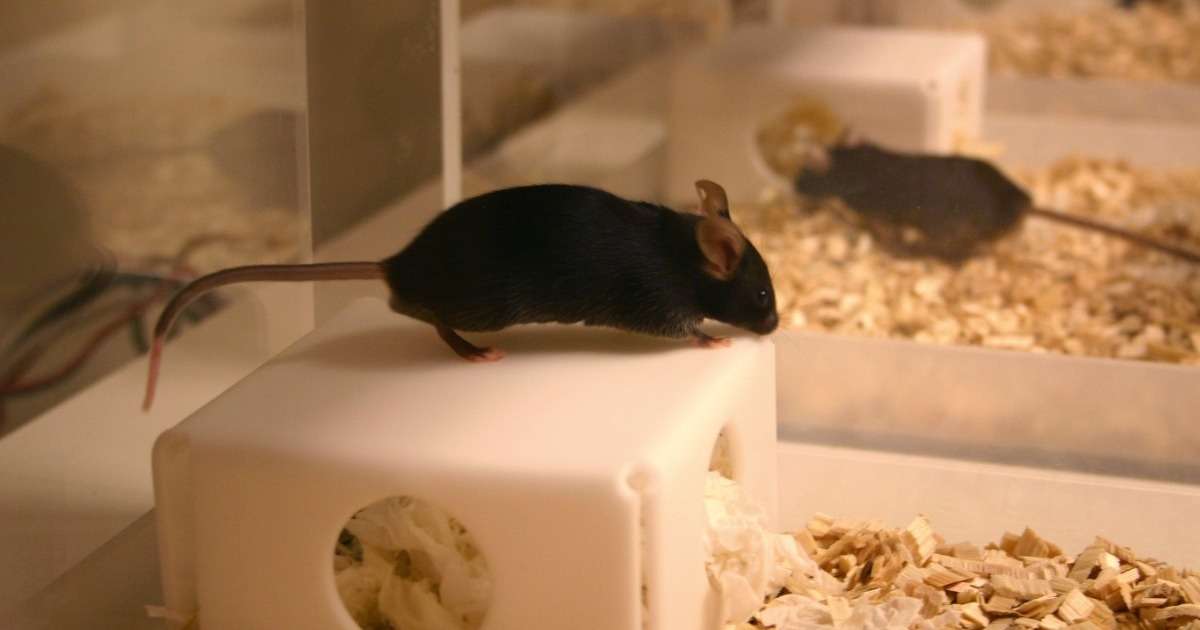
The do’s and don’ts in behavioral testing: improve your open field test
Scientists have been performing open field tests for quite some time now. Over the years it has become one of the most popular tests in rodent behavioral research. So what’s not to love?
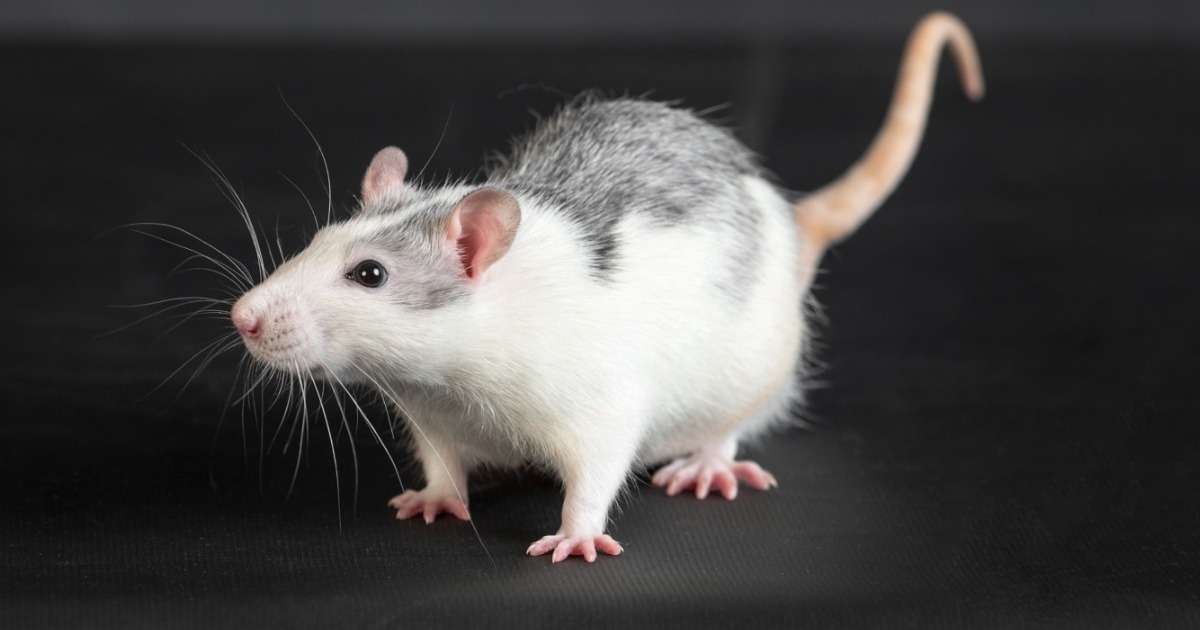
Unraveling the chemistry of mood disorders
The most common psychiatric disorders are mood and anxiety related. However, the underlying mechanisms of these diseases are still largely unknown. This complicates the development of effective treatment and drugs.
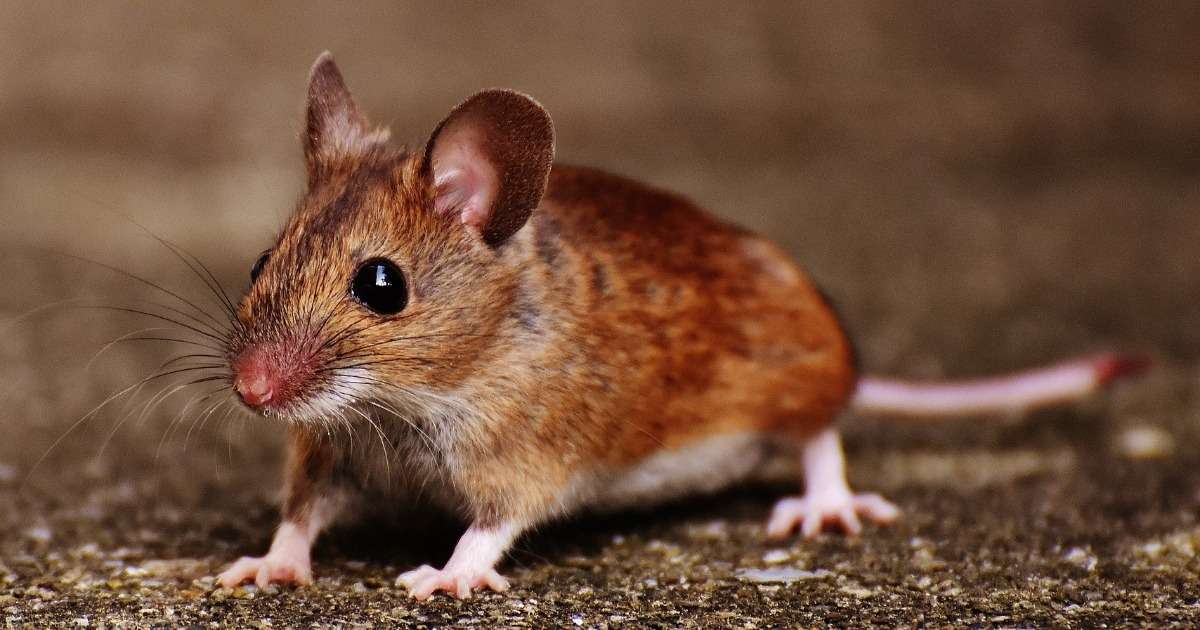
Testing without stress: high-throughput phenotyping
The ability to recognize harmful situations and respond accurately is important for the survival of any animal. In order to respond to these situations the animal must be able to learn, remember, and alter its behavior.
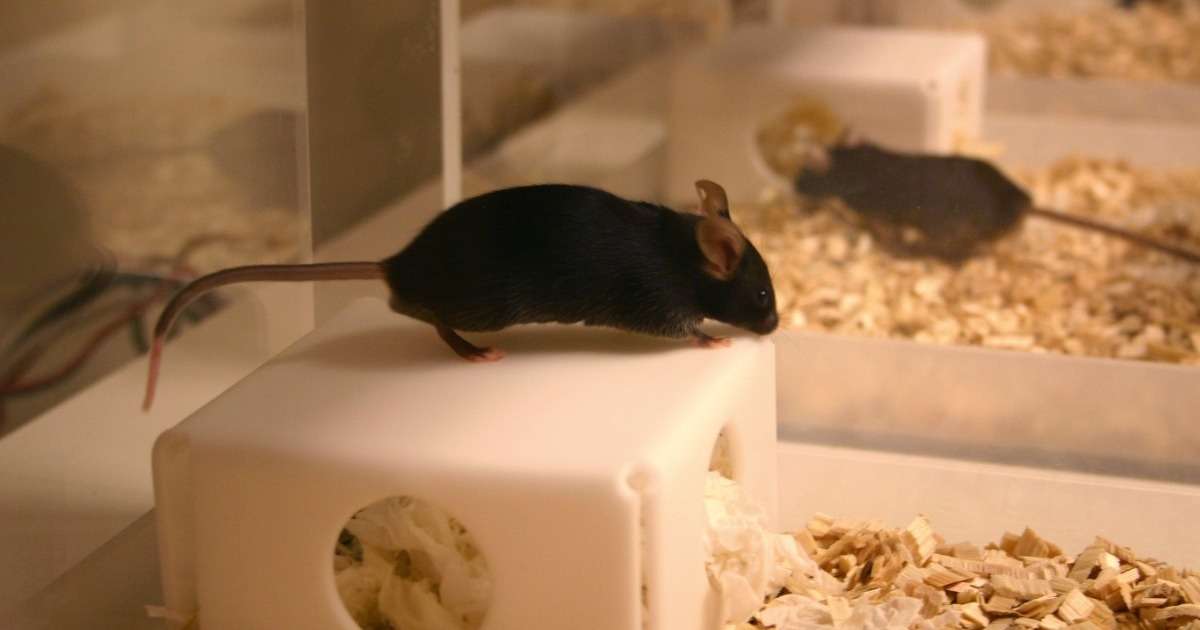
Why it is smart to test your animal in its home cage
Behavior of laboratory rodents is often studied in well-controlled, simple experiments, in an environment that is fundamentally different from the animal’s home cage.

Brain waves and behavior: sleep to learn
To find out more about human and animal learning and memory, we might just have to go to sleep. Ahem – research on sleep, I mean.
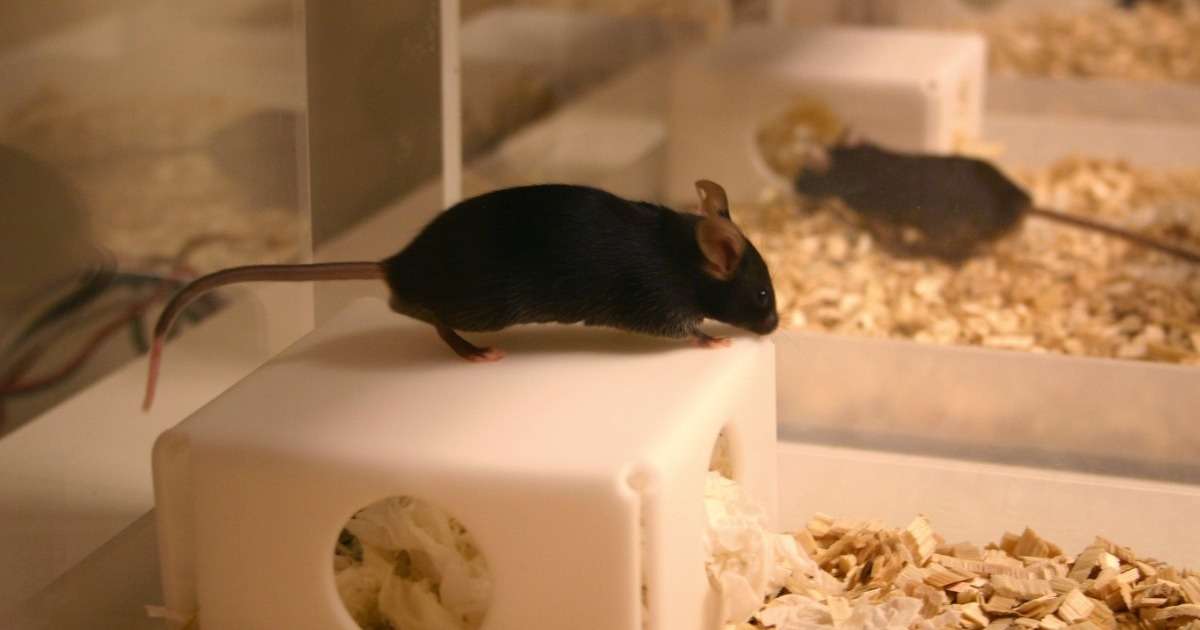
Learning to use animal models for psychiatric disorders
Recently Lucas Noldus was interviewed for a technology feature in Nature; “Inside the minds of mice and men” by Monya Baker.
